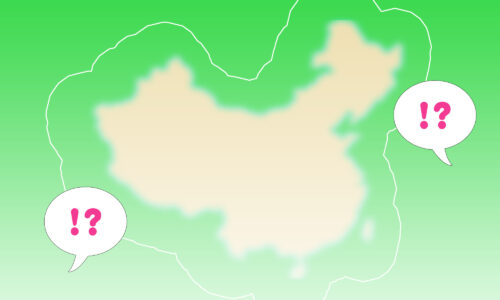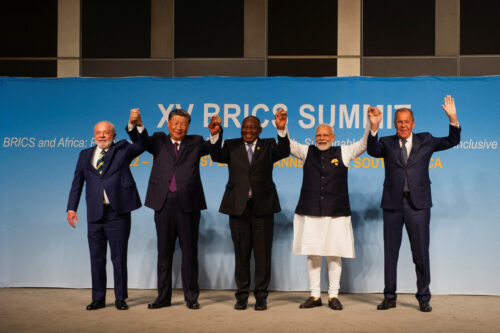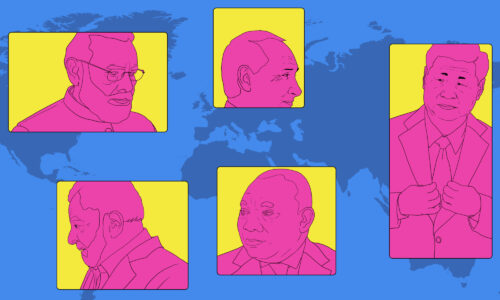North Korea, South China Sea, and India developments
A summary of the top news in Chinese politics and current affairs for July 27, 2017. Part of the daily The China Project newsletter, a convenient package of China’s business, political, and cultural news delivered to your inbox for free. Subscribe here.

Every week for the past few months, international attention has been shifting between three military hot spots on China’s northeastern, southern, and southwestern frontiers. Today brings significant updates on all three fronts:
- Reuters reports that Britain and Australia have joined the United States in urging “China to do more on North Korea threat.” Australian Foreign Minister Julie Bishop in particular pushed back on China’s dismissal of what it calls the “China responsibility theory,” insisting that China “has much more leverage over North Korea than it claims.” Meanwhile, China has initiated a “three-day live-fire drill” for its navy in the Yellow Sea, off the western coast of the Korean Peninsula, according to the South China Morning Post.
- In the South China Sea, Britain is also reportedly set to join the U.S. in challenging China as foreign secretary “Boris Johnson has committed the UK’s two brand-new aircraft carriers to freedom of navigation exercises” in the waters off southeastern Asian, the Guardian reports. However, the blustery foreign secretary then confused reporters by saying in a Q&A, “We haven’t yet quite decided to do that…but they are coming.”
- Border tensions between India and China (with Bhutan caught in between), now in their second month, have carried over into the cultural realm, as the New York Times reports (paywall) that both Asian powers have requested the UN recognize parts — or, in India’s case, all — of the sowa rigpa Tibetan medicinal tradition as part of their unique cultural heritage.
To learn more about the border dispute between China, Bhutan, and India, see this excellent illustrated explainer (paywall) from the New York Times. The Times also has an interesting look (paywall) at the cultural aspect of China’s power play in the South China Sea.
- Xi Jinping
China has reached a turning point in its history, Xi says / SCMP
Read Jeremy Goldkorn’s note on China’s growing assertiveness here on The China Project. - Europe
Police in Italy detain Uyghur exile group leader at China’s behest / Radio Free Asia - Censorship
Chinese writers navigate censors to earn cash via apps / AFP






